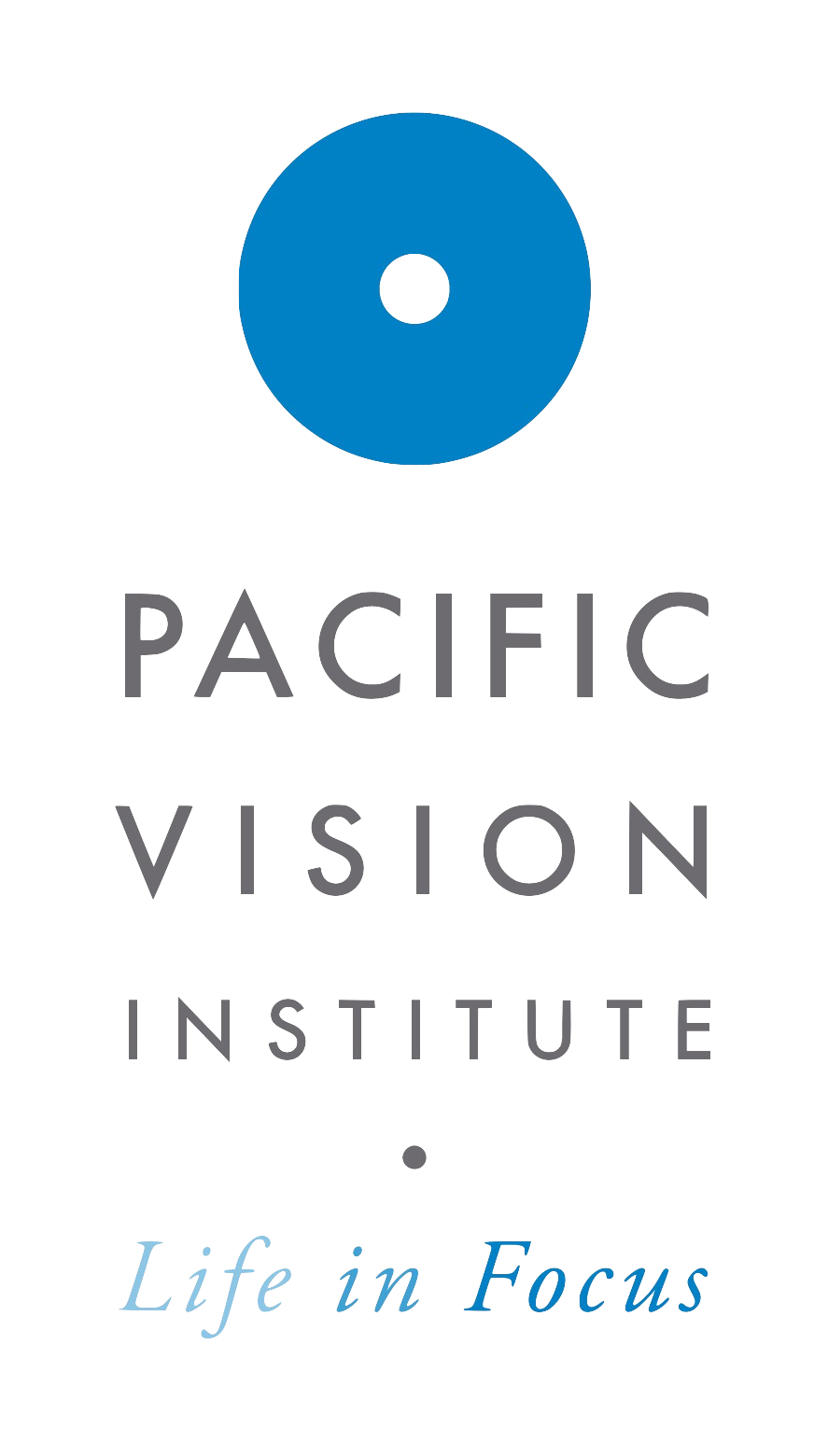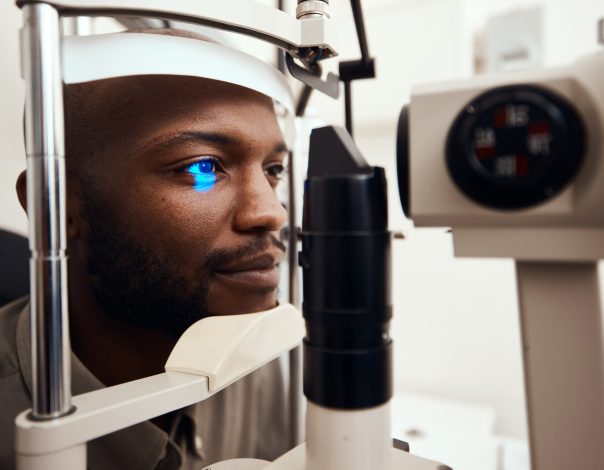What Is Glaucoma And What Are The Symptoms?
Glaucoma is a disease that is caused by building pressure in your eye, damaging the optic nerve. Glaucoma affects more than 3 million people in the United States alone, and it is the second-leading cause of blindness not only in the US, but in the world.
When fluid builds up in the front part of the eye, this causes pressure to increase and results in glaucoma. The optic nerve is responsible for sight because it carries information from your eye to your brain, allowing you to see clearly. When fluid builds up in your eye, the pressure increases and slowly damages the millions of fibers that comprise the optic nerve of your eye.
Two types of glaucoma
There are two main types of glaucoma, the most common one–primary open-angle closure glaucoma and angle-closure glaucoma.
Primary open-angle glaucoma
Primary open-angle glaucoma is the most common type of glaucoma. Primary open-angle glaucoma gradually happens because the eye stops draining fluid as well as it should. This causes pressure to build up and causes optic nerve damage.
Angle-closure glaucoma
Angle-closure glaucoma is also called closed-angle glaucoma or narrow-angle glaucoma. Angle-closure glaucoma is caused when the iris of the eye is close to the part of the eye that drains fluids from the eye. The iris blocks the fluid from draining, causing pressure to build.
What are the symptoms of glaucoma?
It’s important to know what the symptoms of glaucoma are. Knowing what to watch for can help to ensure glaucoma is treated and resolved early enough to effectively prevent blindness.
Unfortunately, there are little to no early symptoms of the most common type of glaucoma, primary open-angle glaucoma. As a result, approximately 50% of people who have glaucoma don’t realize that they have it. Glaucoma generally persists with no apparent symptoms until irreversible damage is caused to the optic nerve and some degree of vision loss takes place. Once symptoms appear, you will notice blurred vision in one or both eyes or blind spots will begin to appear in your peripheral vision. You will experience a narrowed field of vision, a visual effect similar to tunnel vision.
Angle-closure glaucoma symptoms usually appear in a series of symptoms all at once. These symptoms include halos around lights, blurred vision, intense eye pain, vomiting, and nausea.

